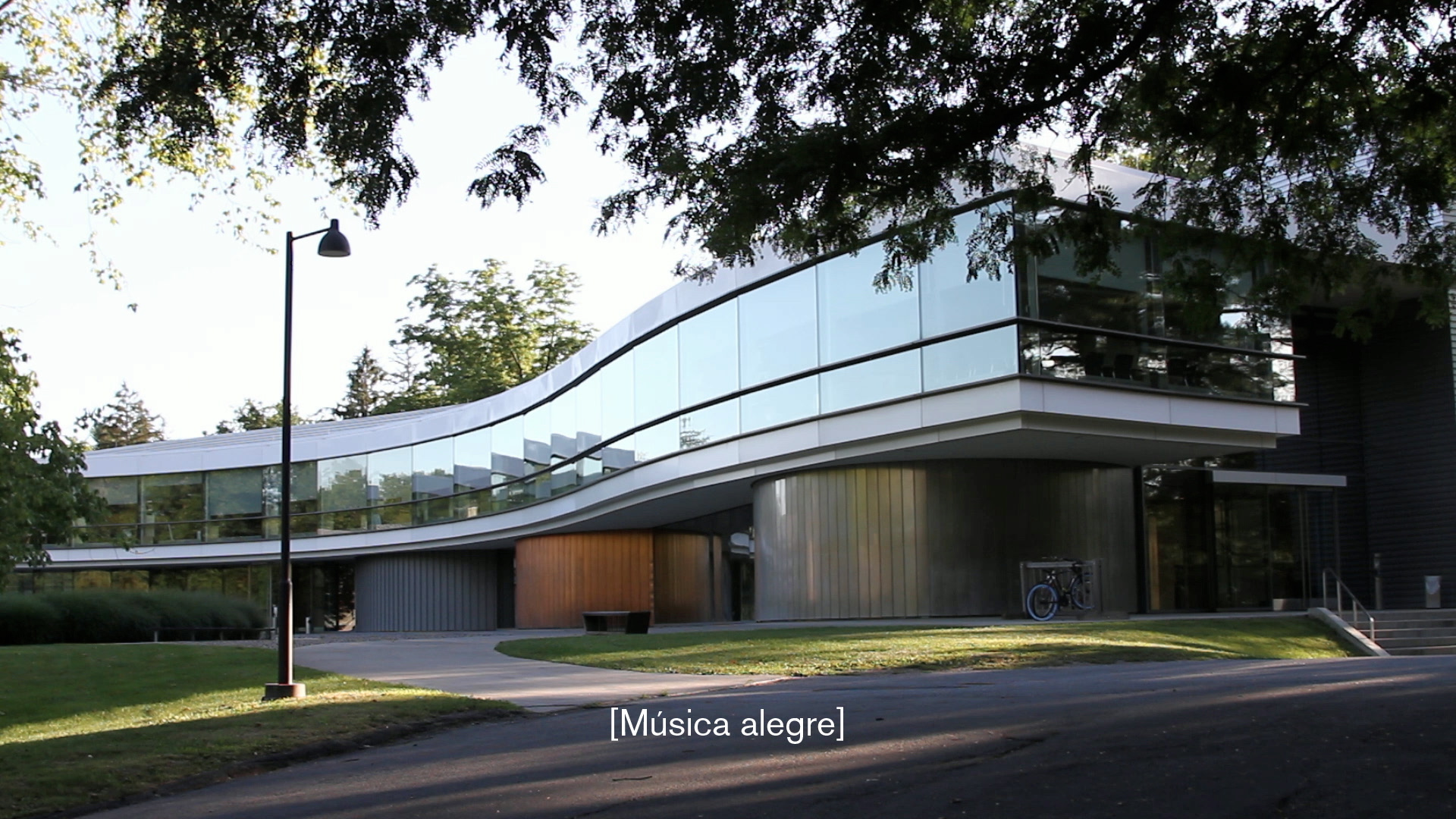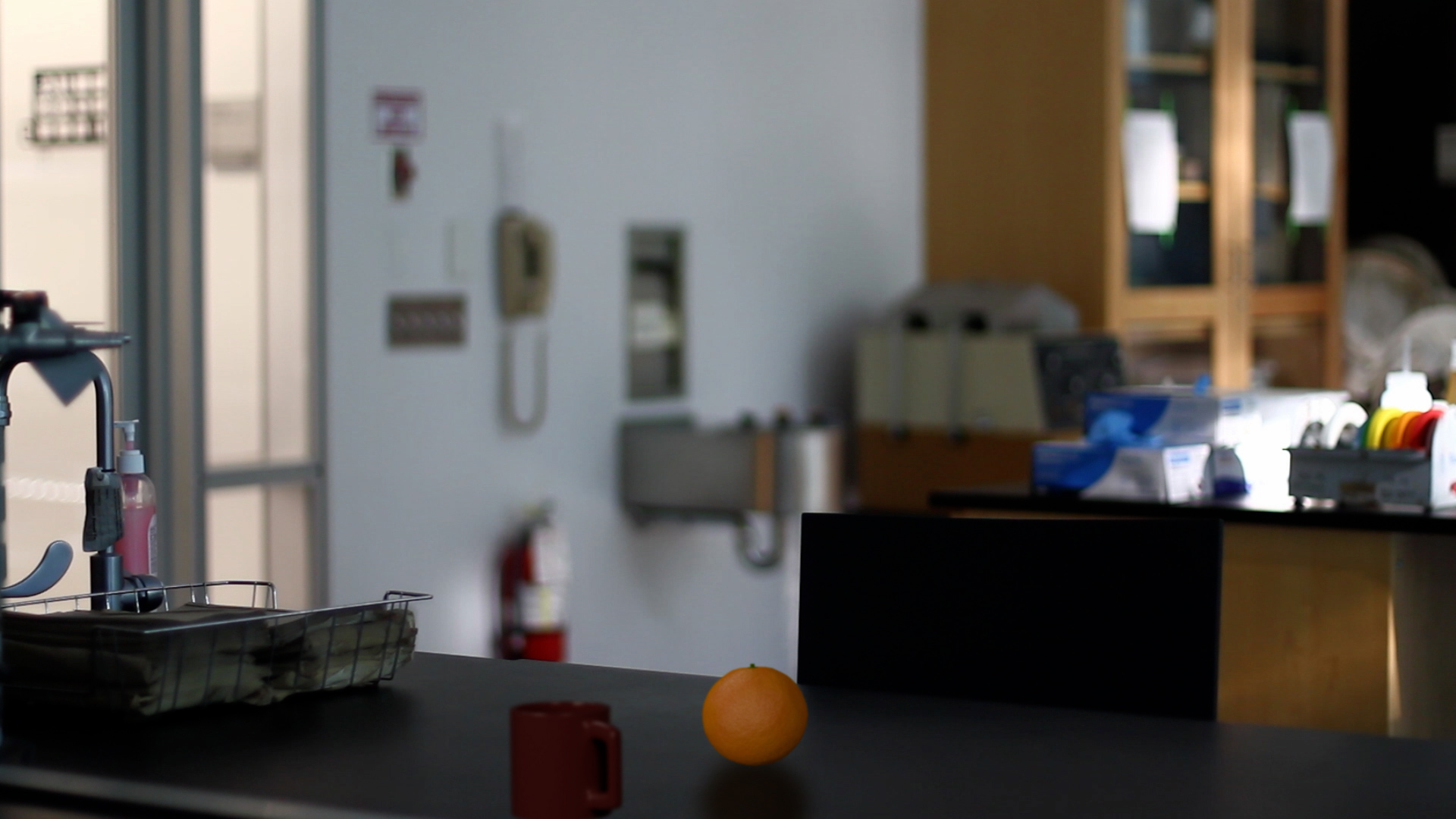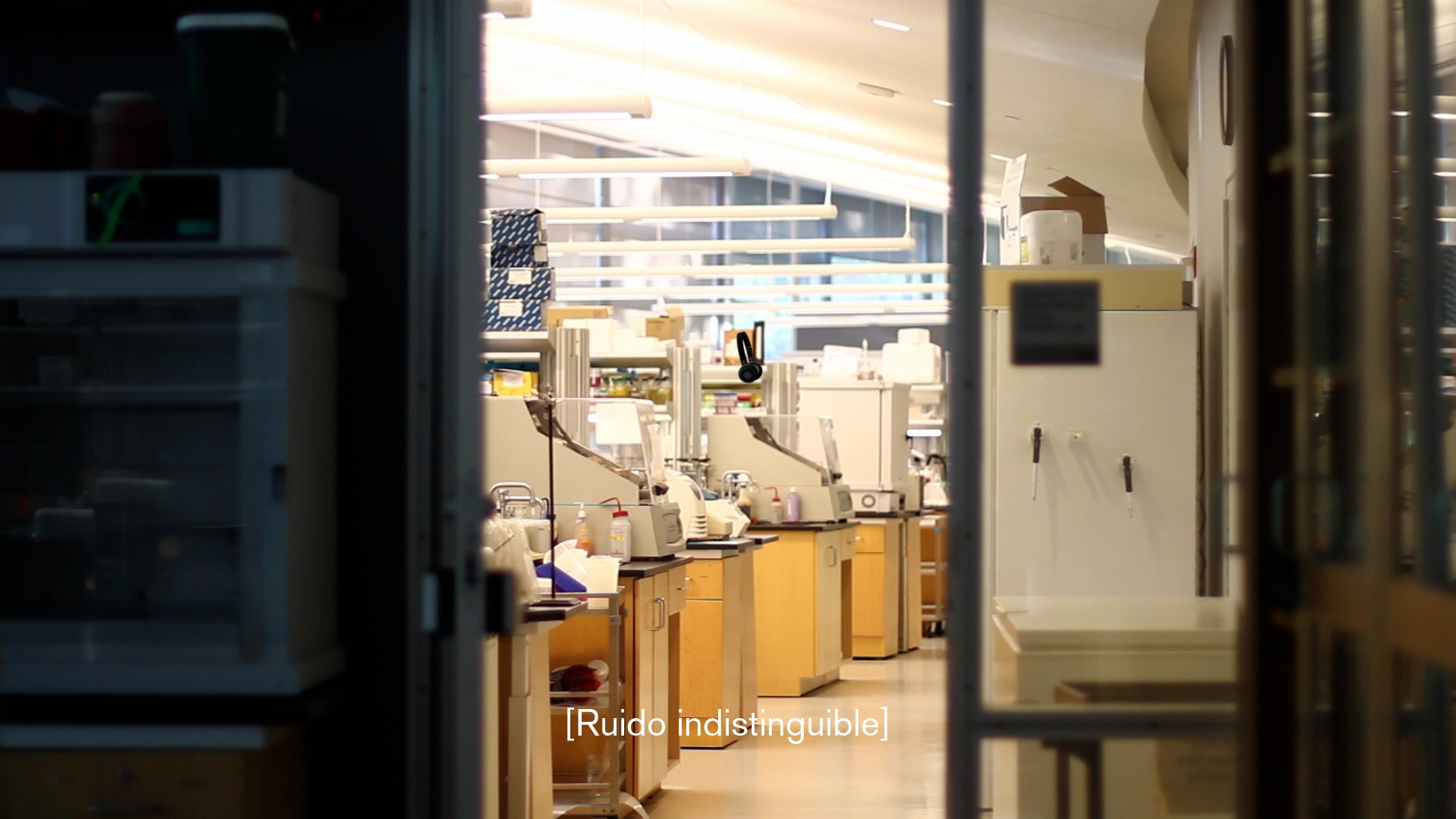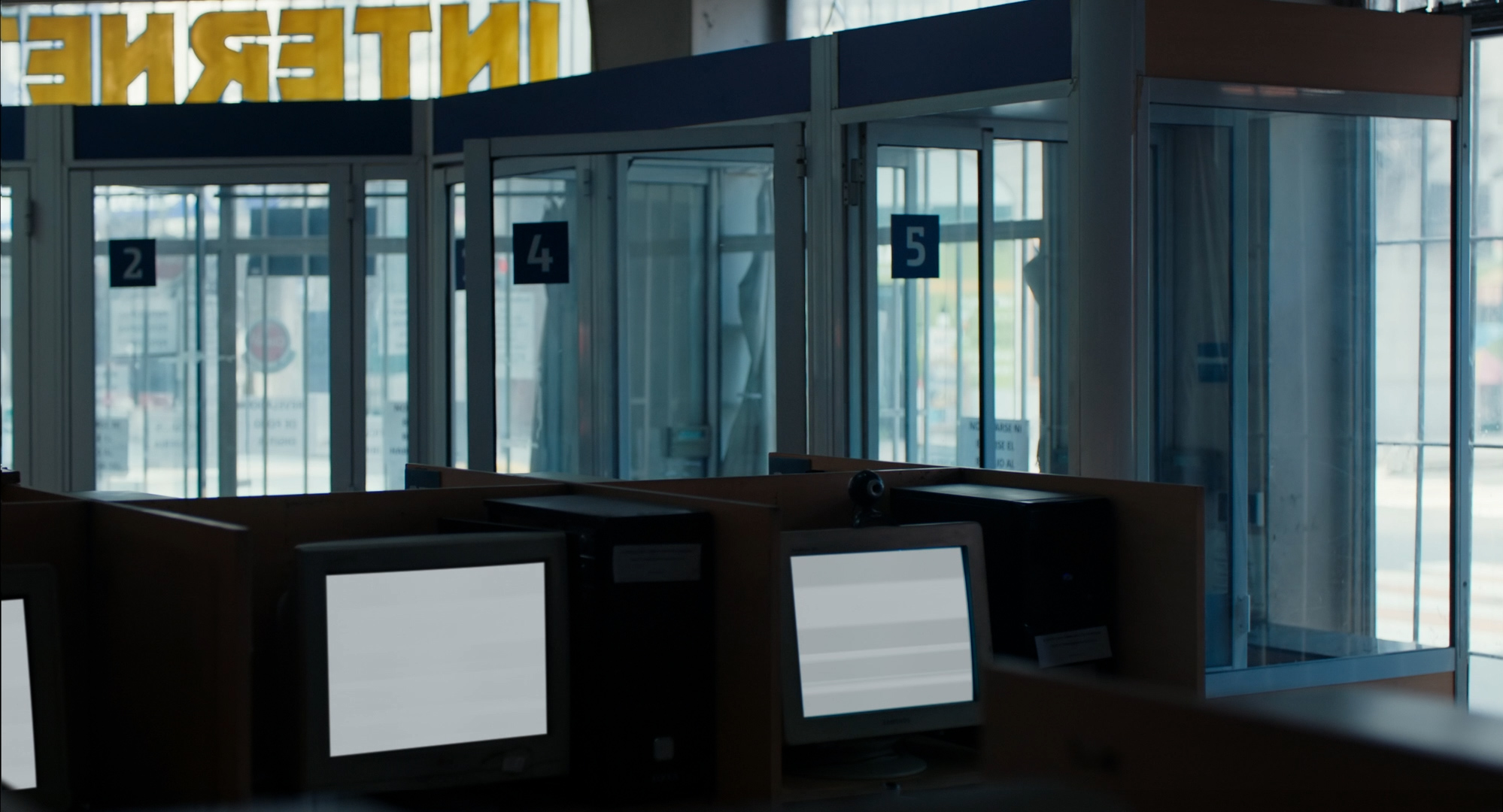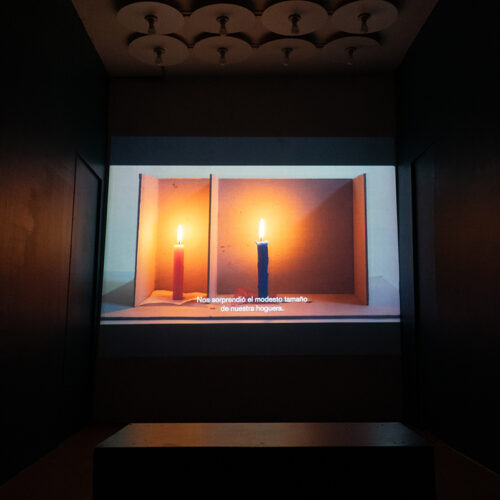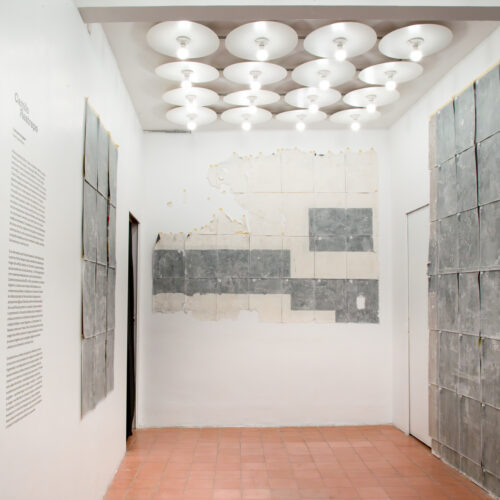Alan Martín Segal
The City with Smiling Windows
Chapter I: Soft Language
June 9th to 20th, 2023
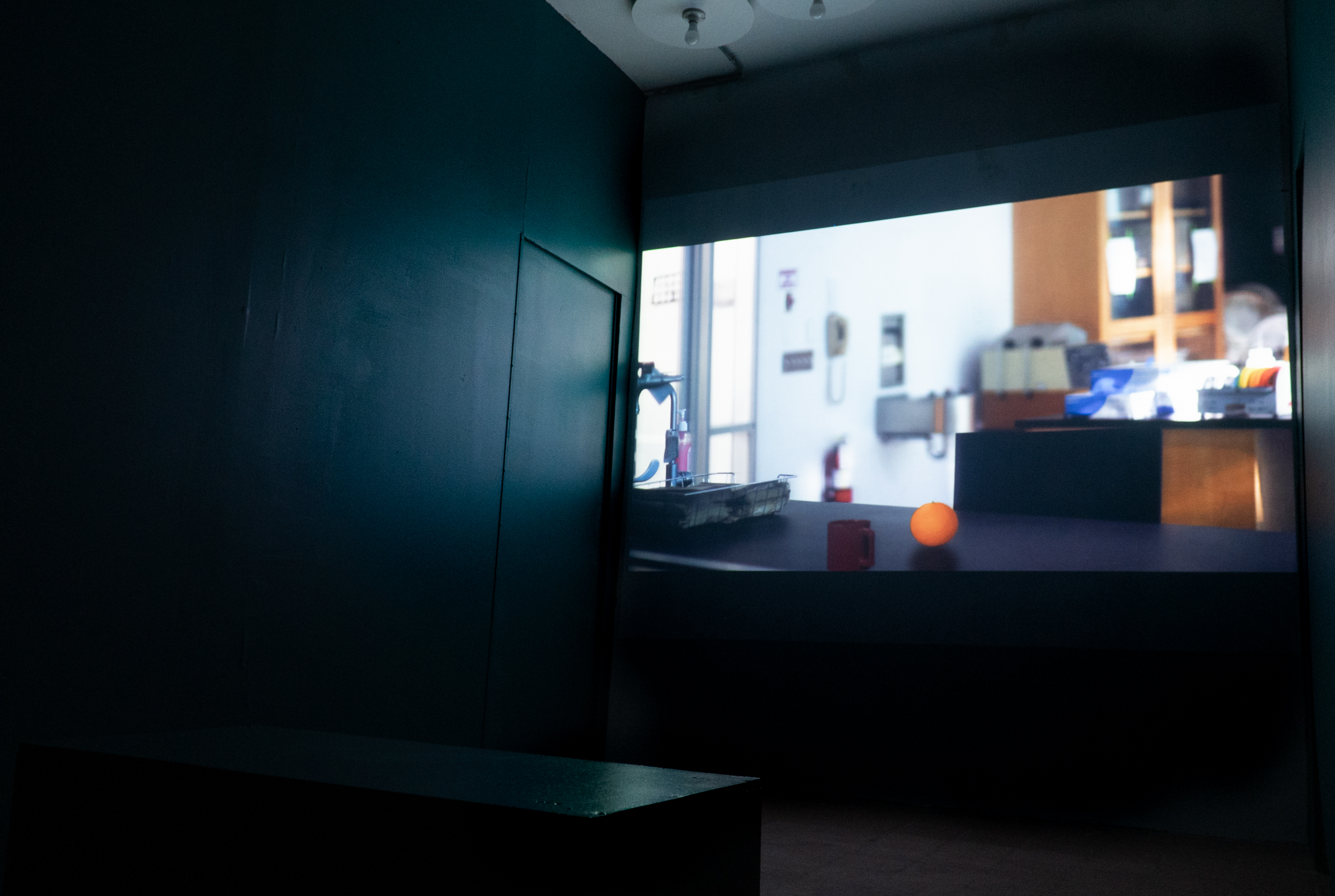
“Los objetos son más difíciles de filmar que las personas.”
In Chapter I, titled Soft language, three early works by Segal are presented for the first time in Mexico City: Choir (2014) and Non administered forms of information (2016). Both present us with an empty city, in a kind of suspension prior to a collapse. This prelude to the catastrophe, this convalescence, this temporary stagnation, could also be understood as a psychological phenomenon. Segal introduces a subversive use of everyday objects, while the architecture hosts a series of political-poetic actions. Multiple temporalities coexist in these works, like a somewhat fantasmatic presence. Its cyclical nature, its repetitions and variations induce a ritualistic nuance in its internal structure.
Choir (2014) is composed of a kind of performance for the camera, which records the action carried out in an internet cafe in Buenos Aires. In that type of establishment on the verge of extinction, Segal synchronized the computers, mostly disused to produce a small piece of music. Each computer interprets its own score; this score is a text file made up of vowels separated by periods, commas and hyphens (so the word processor will assign a different intonation to each one). These establishments, the Internet cafes, were very popular towards the end of the 90s and early 00s, but then they became less necessary, obsolete. Choir finds in these spaces a, albeit absurd, new possibility of use, of liturgy.
Segal describes Non administered forms of information (2016) as a deconstructed sit-com. The absence of sound and characters is replaced by two prosthetic elements: subtitles and 3D modeled objects. A scientific building is the context for different dialogues, conferences and small situations. Composed through a process of subtraction, these scenes reveal the internal framework of cinematographic language. Austerity works as a tonic that reveals grammar and conventions not only as accessibility mechanisms (accessible to whom) but also as products of an ideology as ominous as it is invisible.
The third work that makes up the triptych of the first chapter is heard in the adjoining room, hidden behind the doors of the main room, its sounds appear reproducing a specific version of Coro (2014-2023) for the space of op.cit . Thus immersing ourselves in an interconnection of times that cross motifs, languages and appearances in Segal's work.
